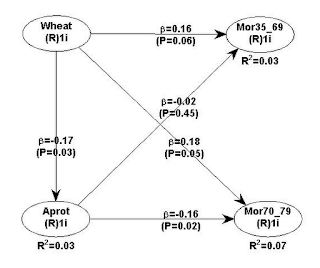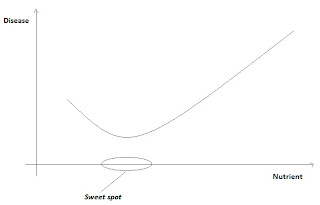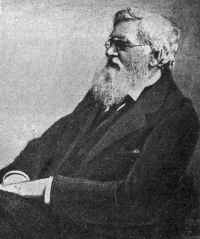The China Study II: Gender, mortality, and the mysterious factor X

WarpPLS and HealthCorrelator for Excel were used to do the analyses below. For other China Study analyses, many using WarpPLS as well as HealthCorrelator for Excel, click here . For the dataset used, visit the HealthCorrelator for Excel site and check under the sample datasets area. As always, I thank Dr. T. Colin Campbell and his collaborators for making the data publicly available for independent analyses . In my previous post I mentioned some odd results that led me to additional analyses. Below is a screen snapshot summarizing one such analysis, of the ordered associations between mortality in the 35-69 and 70-79 age ranges and all of the other variables in the dataset. As I said before, this is a subset of the China Study II dataset, which does not include all of the variables for which data was collected. The associations shown below were generated by HealthCorrelator for Excel. The top associations are positive and with mortality in the other range (the “M006 …” and “M005 …”



